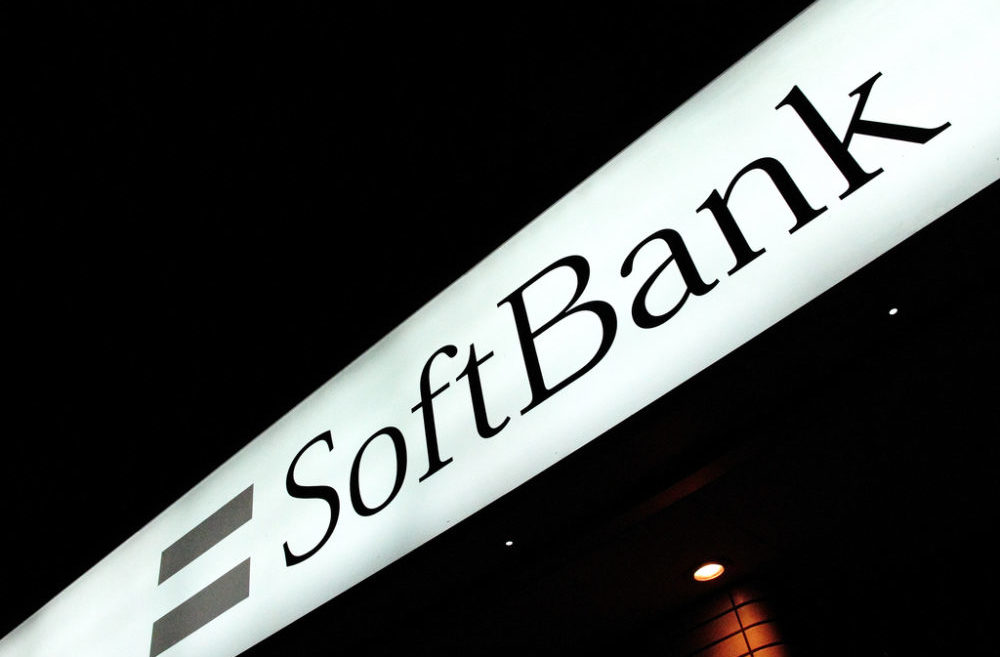US President Donald Trump’s whirlwind tariff train has now landed on semiconductors, albeit – ofcourse – with some concessions. It is a 100% tariff on imported computer chips and semiconductors. This comes on the heels of tech titan Apple making a pledge of an additional $100 billion investment in domestic manufacturing, raising Apple’s total US commitment to $600 billion.
“We’re going to be putting a very large tariff on chips and semiconductors. “But the good news for companies like Apple is if you’re building in the United States or have committed to build, without question, committed to build in the United States, there will be no charge. So in other words, we’ll be putting a tariff on of approximately 100% on chips and semiconductors. But if you’re building in the United States of America, there’s no charge,” Trump announced at the Oval Office.
Apple was spotlighted as an exemption for the tariffs. By pledging massive investments in US manufacturing and partnerships with suppliers like Corning, Texas Instruments, and Broadcom, the company stands to avoid the tariffs. Two other tech giants, Nvidia and Intel, are expected to qualify for exemptions as well, thanks to their announced US facilities in Arizona and Texas. International players such as TSMC, Samsung, and SK Hynix also appear positioned to avoid penalties due to US-based investment plans.
However, these exemptions effectively favor large, capital-rich corporations with existing operations. Smaller firms and startups (without the scale to quickly open US plants) will likely bear the full brunt of the tariffs. This, thus, creates a structural disadvantage for emerging companies whose innovation-led growth depends on global supply chains. In other words, the tariff creates a stark division between firms with the capital to invest in US manufacturing and those that cannot. This can create an environment where a few dominant, cash-rich companies flourish, while smaller players that rely on cost-effective international supply chains are left at a severe disadvantage.
The potential repercussions extend well beyond Silicon Valley. Raised tariffs also risk disrupting supply chains for electronics, autos, and appliances, potentially inflating prices for consumers at every level. Emerging Asian players not exempted by US pledges (such as China’s SMIC) face immediate competitive hurdles. Countries could respond with WTO challenges or reciprocal tariffs, further fragmenting global semiconductor ecosystems and inflating costs for multinational device manufacturers.
This latest measure continues Trump’s aggressive tariff regime. Since February, average US import duties have soared from 2.5% to over 18%, the highest level in over a century. Tariffs now generate roughly 5% of federal revenue, up from a historical 2%. Past efforts under the Section 232 framework imposed steep tariffs on steel, copper, and automobiles, and a slate of new tariffs (spanning pharmaceuticals to lumber) is currently under review. Markets reacted quickly. Apple stock jumped 5–6% post-announcement, while chipmakers like Nvidia and TSMC also saw gains, signaling investor belief that exemptions would shield large tech firms. Yet analysts caution that prices for end-users (smartphones, PCs, TVs) may rise if production can’t scale fast enough domestically. The real test lies in whether supply chain resilience can offset inflationary forces and trade fallout.
The Tech Portal is published by Blue Box Media Private Limited. Our investors have no influence over our reporting. Read our full Ownership and Funding Disclosure →






